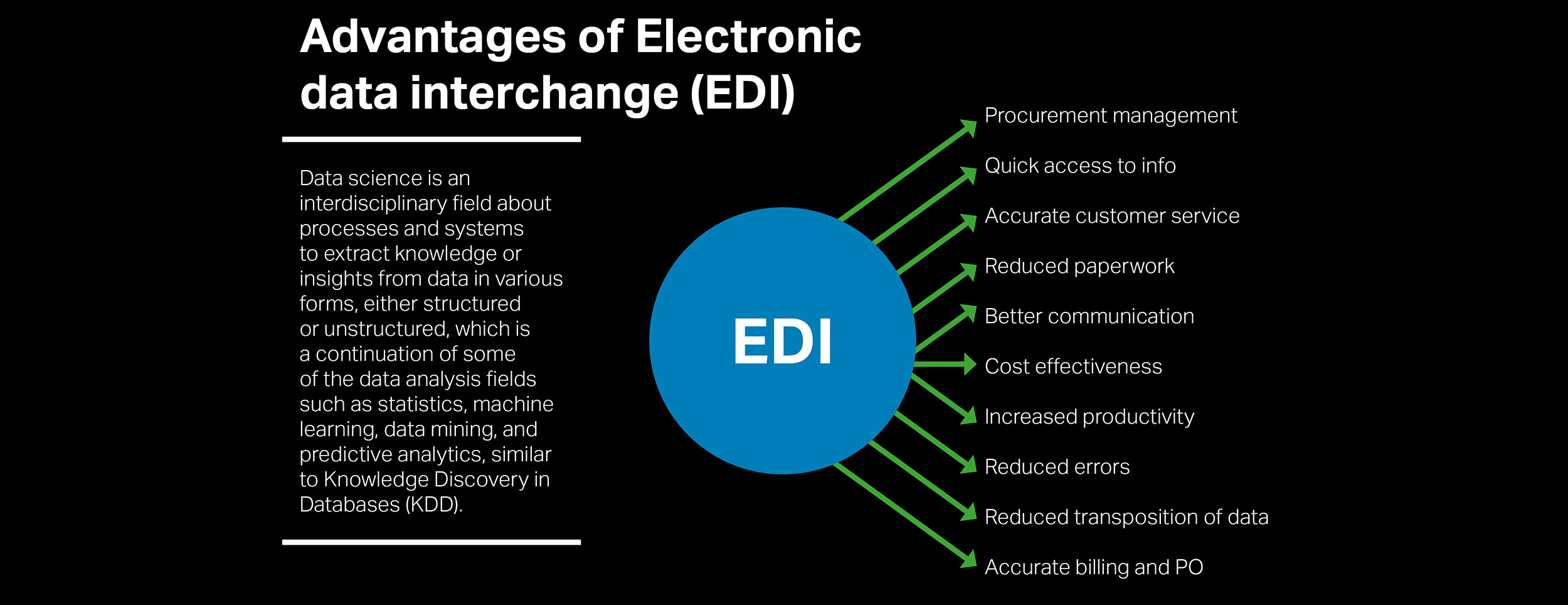
WTiN Textile 4.0 explores the history of knitting technologies and how new automation and Industry 4.0 technologies have enhanced the efficiency and sustainability of the process.
Introduction
Digital knitting, three-dimensional (3D) knitting and additive manufacturing are popularising as the textile & apparel industry focuses on ways to mitigate waste. Zero waste design, automation, custom design and digital workflows are key waste-mitigation solutions grabbing the attention of stakeholders in the industry – particularly as brands vie to differentiate themselves and reduce their carbon footprints.
Historically, industry has made, bought and shipped goods in unsustainable ways, but today’s consumers have a heightened awareness. They focus not only on the end product, but also the whole supply chain picture – how a product is made, material constituents, who made it, social and environmental impact and how fast the product can be made and delivered. Many consumers are willing to trade fit for convenience and others are willing to trade convenience for the least environmental impact.
Most apparel and consumer goods are produced with modern technologies that increasingly consider these requirements. Brands, start-ups and independents have begun to adopt digital tools to create green production methods. For example, they may create mindful, reusable designs, implement cradle-to-cradle materials in supply chains or establish demand-driven (or pull-based) manufacturing that can be customised. One way to do so has been to adopt advanced digital knitting methods.
Advancing machinery and connectivity
Looking to history, the Third Industrial Revolution gave industry digital control over its products. Previous generations of flat knitting machinery used a chain (much like a bicycle chain). However, in 1987, the belt drive took over the knitting industry, allowing the machine’s cam box to knit only where selected on the needle bed. This change was revolutionary for the industry and allowed the manufacture of multi-textured fabrics – the most famous being Coogi – and 3D knitting. Mechanical machine builders were unable to compete with the advanced machinery and analogue factories that did not embrace the change soon fell away from the supply chain. Combining these belt drive technologies with computers and ethernet networks allowed for on-demand customisation, too. A notable adopter of flat knitting customisation was French Rags, a company created by Brenda French.
Later, knitting garments all in one piece – without cutting or sewing – debuted in the 1990s via Shima Seiki technology. This technology utilised the same strands of yarn to knit all the components required for a garment and the machine connected them. The programmes that drove these machines were and remain extremely complex to create and grade. Often, these programmes required 150 hours or more of programming. Knit trial and error processes were conducted to fine tune machine settings according to garment parts and the limitations and capabilities of yarns.
Overall, Industry 3.0 flat knitting and the apparel industry in general connected the dots from product design to manufacturing to market and pushed the boundaries of manufacturing by merging computer-aided design (CAD) software with manufacturing technology. This accelerated the design and manufacturing process from manual and mechanical design to a process imbued with digital design tools that slashed process time.
Designers, brands and factories embraced new capabilities. The expanded toolbox of digital possibilities in fabric design made use of RAM to digitally generate, produce and store wild jacquards, huge repeats or non-repeating patterns that were not previously possible. This shift was noticeable when many knit designers began to produce richly coloured and outrageously textured sweaters – dubbed colloquially at the time as Cosby Sweaters – under labels such as Coogi, Tundra, St Croix, Carlo Carlucci. This visual checkpoint marked a shift in technology and is now coveted today by hipsters as nostalgic.
Today, with exponentially greater connectivity than the industry has ever seen, the knitting sector is able to transform these technological and creative processes further by integrating real-time feedback from consumers, manufacturers, shipping and supply chains. The internet is the main artery of this process and connects manufacturers, buyers, sellers, commerce and consumers – it has doubly made shopping incredibly competitive and customisable, while generating remote collaborative environments around the globe.
New manufacturing methods 
But as designers have become more adept at various designing platforms for the aesthetic and marketing of knits, prints and cut-and-sew fabrics, they have doubly detached from the manufacturing process. Brands are disillusioned from the true cost of unseen product development due to its manufacture thousands of miles away or overseas.
The ongoing absence of designers being present during the process is considered a tremendous challenge to overcome in creating whole garment and knit and wear products. Designers must understand the capabilities of the machines, though a majority of factories are rarely set up for this type of intense development, preferring fully fashioned or cut-and-sew garments which take less time, effort and expertise to programme and produce. Factories are also less patient in developing with designers that demand this kind of oversight, where every change is a critical step in building a garment and one seemingly small change may distort another.
Although Industry 4.0 is allowing brands to get more involved in the process, there remain complications. Today’s mass production designers at big brands speak via tech-pack code through product lifecycle management (PLM) systems for each factory. Sourcing agents at these brands work with merchandising and marketing to negotiate prices of sampled products with many different vendors based on retail distribution channels and potential sell-through. Designs are often tweaked during those meetings without designer input and often times vendors add additional changes to details, such as the quality of raw materials. For many brands, this is a leap of faith – many are uncertain the product will survive the process and be ready to produce and sell. Meanwhile, vendors often find themselves competing for the go-ahead to start production and often create several versions of a style to anticipate changes and variations. These often-unsold styles sometimes make their way to multiple competitors. But modern computing is easing this process.
The agents within this process now have the ability to design hundreds, if not thousands of designs a season, with interoperable design systems that facilitate easy, real-time changes, eco-friendly digital sampling and more. Digital knitting advancements are facilitating this further – allowing zero-waste production of full, 3D garments, speeding up the process potentially tenfold.
3D knitted textile 
Over the last decade, end-consumers have become aware of multi-functional fabrics and multi-dimensional or 3D knitted textiles. With regard to integrated 3D knitting technology, only the material needed is used. Edges are completely finished and the product is broken down into zones with the same materials performing different structures in specific areas for a variety of performance characteristics. Creating in 3D is a challenge, since there is no digitalisation bridge between other graphics systems and the CAD systems of flat knitting machines – except the importing of 2D files such as .jpg, .bmp and .tif. Therefore, each stitch must be programmed in a way that each pixel is a stitch and has a purpose known only by the particular programmer in their own style of programming.
This style of manufacturing may have its limitations but is an appealing method of production for on-demand manufacturers. Although zero-waste, on-demand manufacturing accounts for a miniscule percentage of apparel production today, analysts predict it may reach 10-15% of the market over the next few years – should brands take the leap and adopt the process. This process also facilitates the adoption of customisation of garments, a highly in-demand feature of fashion in consumers.
In on-demand manufacturing, a portion of the production process is delayed until an order is placed. In the case of customisation, the part that is delayed tends to be embellishment (for example, direct-to-garment (DTG) printing). The vast majority of products sold for print-on-demand are knitted T-shirts, most of which are imported or made by sophisticated robotics – known as sewbots. These are capable of automatically laying, cutting and assembling up to and over 1,100 T-shirts per eight-hour shift, at an assembly cost of less than US$0.50 per shirt.
Major transition 
Velocity manufacturing, integration, real-time planning, scheduling and execution of manufacturing is on the cusp of another major transition, argue analysts. This will be driven by aligning the following: flow of design; materials; information; synchronised processes; supply chains; marketing, sales and customer service; logistics; and leadership. Industry 4.0 (the Fourth Industrial Revolution), the Internet of Things (IoT), the smart factory and the digitalisation of manufacturing are some of the ways that describe how we use technology – such as machine learning (ML) and artificial intelligence (AI) – to connect these processes. Every part of an Industry 4.0 operation works from the same factual, real-time information towards a shared goal – making products that meet the demands of consumers.
Industry 4.0 may one day bring us on-demand, customised knitted apparel products and footwear made specifically to our desired colour, yarns and fit through automated systems, body scanning and automated knitting, perhaps using sewbots, auto packing and integrated shipping. Many individual designers, start-ups, brands, and even academia are working on pushing the limits of what computers, deep learning and algorithms can do to serve our needs.




